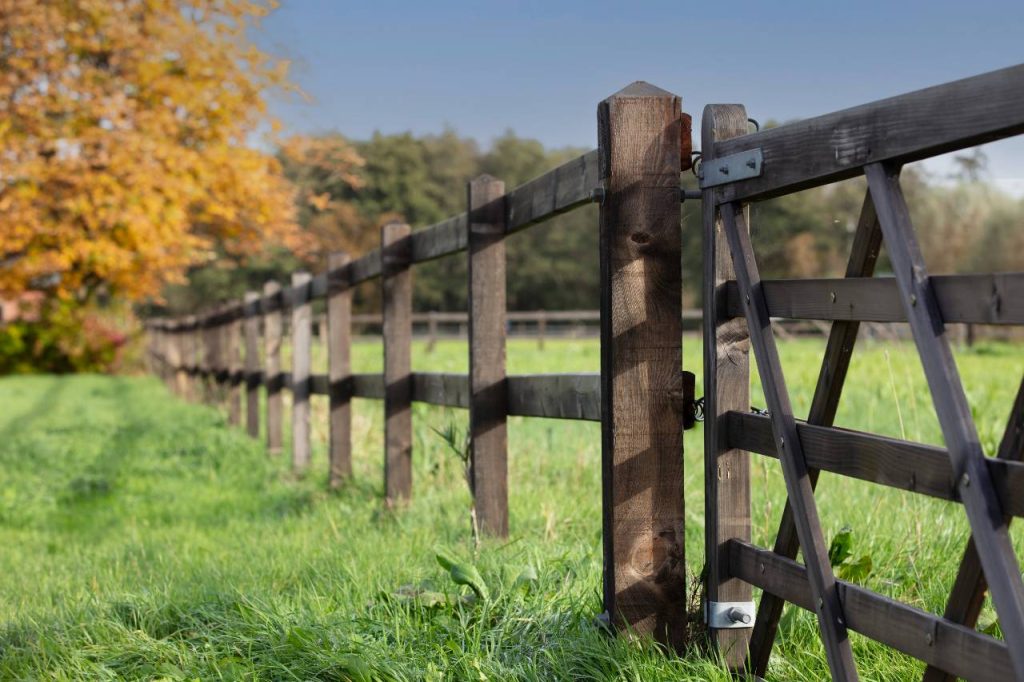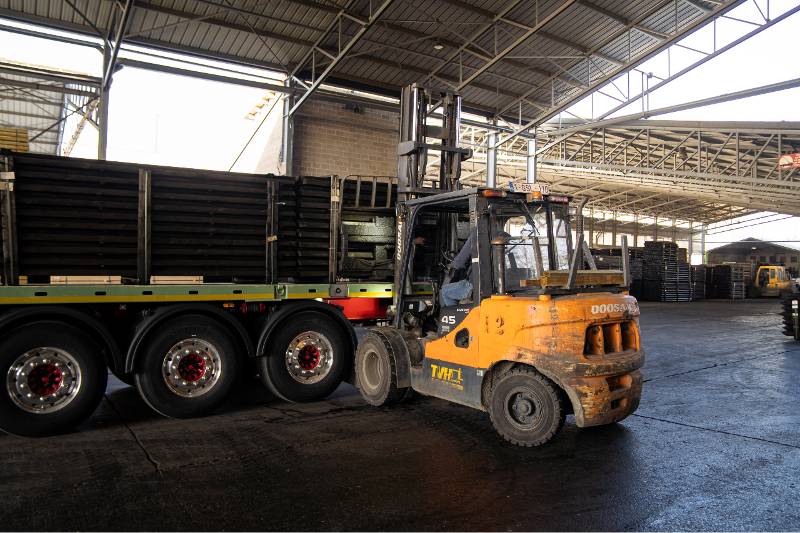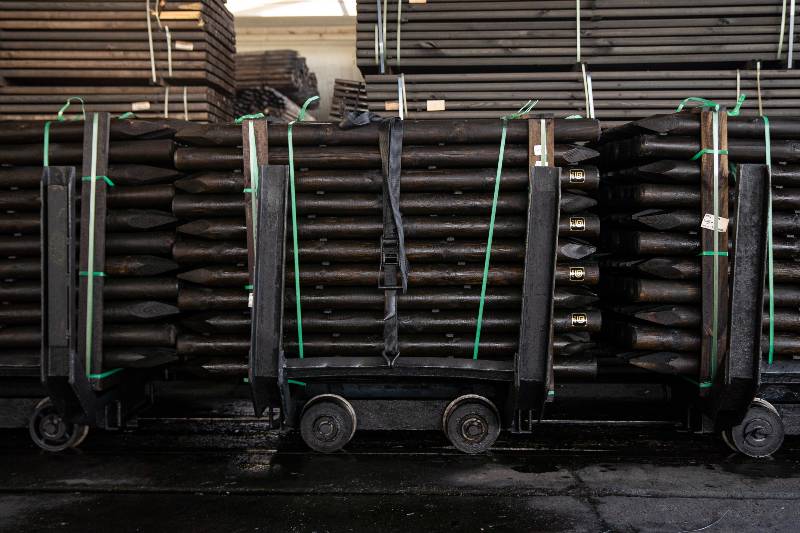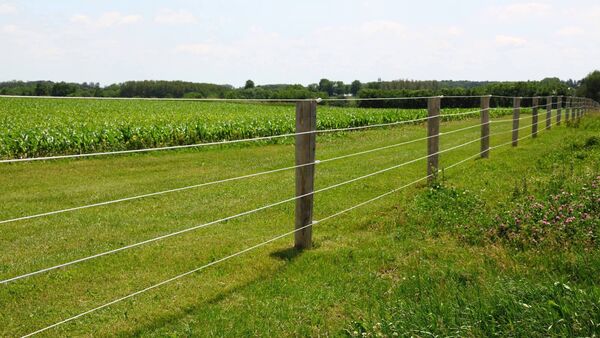
Am 30. April 2023 war EU-weit endgültig Schluss mit kreosothaltigen Holzschutzmitteln.
Zum Glück steht uns mit DURA²® eine sichere, zuverlässige und nachhaltige Alternative zur Verfügung.
DURA² entspricht mit seinen umweltfreundlichen Eigenschaften und in puncto Sicherheit voll den Ansprüchen von Markt und Gesellschaft unserer Zeit. Darüber hinaus können sich Kunden durch die Garantie von bis zu 25 Jahren auch auf eine extrem lange Lebensdauer von Holz verlassen, das mit DURA² behandelt wurde.

Since the ban on Creosote-treated posts in France in 2019, a large proportion of fencing contractors have switched to DURA². Through this adoption in France, the word has spread that there is an alternative that matches the look and performance of Creosote treated posts but has an enhanced environmental profile. As well as France, DURA² posts are widely specified in the Netherlands and Belgium too. After all, DURA² offers you all the advantages of creosote treatment but without the disadvantages: a beautiful, durable and dependable solution for all your applications for which long life is desired.
In a beautiful dark brown color that matches the colour of Creosote. DURA² posts and fences can be effortlessly placed alongside older creosoted ones. DURA² will also age naturally.
No odor like Creosote, and uses Tanalith® E wood preservative that has BPR authorization, meaning that it has passed all relevant environmental, human health and animal health risk assessments.
Moreover, DURA² has an elegant appearance thanks to the quality label adorning your posts and boards.
DURA², an excellent alternative to creosoted posts, but also to concrete in times when increasingly extreme weather conditions play a role. Thanks to the elasticity in our wooden posts, they are less likely to break than concrete in heavy storms.
In addition, DURA² also does its bit for the environment: thanks to its longer lifespan, it needs to be renewed less often and locks up CO2 for longer. This too gives DURA² an advantage over concrete that has a high carbon footprint.
Finally, the registered DURA² brand also offers a guarantee of 20 years!*
* The full version of warranty conditions is available on request or in case of any concerns regarding this guarantee, please contact your distributor.



Bron: https://echa.europa.eu
The use of creosote as an active substance in the EU is only allowed as wood preservative for two uses: utility poles for electricity and telecommunications, and for railway sleepers. The European Commission took this decision in October 2022, based on the opinion of ECHA’s Biocidal Products Committee (BPC) on the renewal application for this active substance.
Creosote is a mixture containing hundreds of distinct substances, including bi- and polycyclic aromatic hydrocarbons (PAHs), phenols and heterocyclic oxygen-, sulphur- and nitrogen-containing substances. Many of the substances in creosote are harmful to our health or the environment.
Under the Classification, Labelling and Packaging (CLP) Regulation, creosote is classified as a carcinogen in category 1B – meaning that it may cause cancer. It also meets the criteria for being a persistent, bioaccumulative and toxic (PBT) and a very persistent and very bioaccumulative (vPvB) substance. Due to these concerns, creosote meets the exclusion criteria under the Biocidal Products Regulation (BPR). It means that its use is not allowed on the EU market without a specific derogation. As there are currently no suitable alternatives available in certain Member States, the Commission granted the renewal for a maximum of seven years for these two specific uses of creosote.
EU countries can decide if they allow creosote-treated wood to be placed on the market for the two derogated uses and may authorise such products accordingly. On 31 January 2023, the Agency published a list of those Member States where creosote-treated railway sleepers and utility poles may still be placed on the market. The information available on this list came directly from the Member States. From 30 April 2023 onwards, placing these railway sleepers and utility poles on the market is only allowed in Member States listed on ECHA’s website.
Creosote and creosote-related substances are also restricted under the REACH Regulation (entry 31 of Annex XVII). In October 2022, France submitted a new restriction proposal to amend this restriction. This new proposal aims to reduce health and environmental risks associated with the reuse and secondary uses of wood treated with creosote. It is considered necessary as the current restriction is interpreted or applied differently across EU Member States, indicating that the existing regulatory management measures may not be sufficient to control the risks. In addition, the existing restriction is not aligned with the new provisions under the BPR. The BPR also does not cover any supplies of the treated wood after the first placing on the market in any Member State.